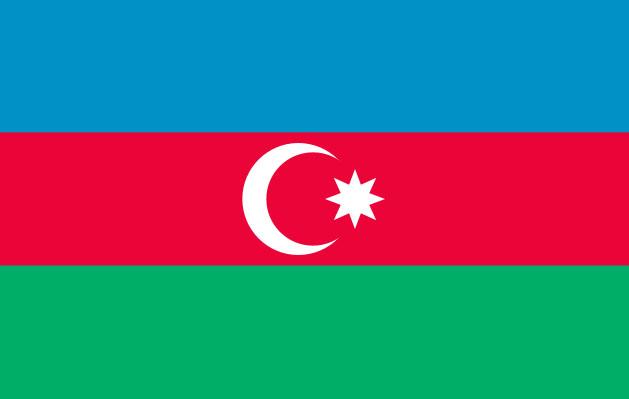Cultural Selection: Indian and European Influences on Persian Miniatures
Iranian arts developed through centuries and acquired various influences, notably thanks to the Silk Roads. After the introduction of Mongolian artistic features in Iranian arts in the 13th century CE, many cultural elements from various artistic schools interacted to form distinct styles of Persian painting, during the Safavid period in the Iranian plateau (1501-1736 CE). Some of these artistic trends reached the Iranian plateau via the Silk Roads where European and Indian stylistic elements were incorporated into the popular styles of painting at the time most notably in miniatures (small delicate colored drawings) and illuminated manuscripts.
Under Shah Tahmasp I, (reign 1524-1576 CE) two main schools of painting were established in the court of Tabriz, the Turkmen Court School and the Herat School of the painter Behzad. Over time these were fused to form the new early Safavid style which emerged through ambitious artistic projects on which members of the two schools collaborated.
The art of this Safavid period in the Iranian plateau was characterized by the production of a variety of illustrated manuscripts, some very lavishly and artistically designed, and others more modest. It was during the 16th century that the ‘illuminated’ manuscript (text accompanied by decorations, borders and small illustrations) was perfected by the regions calligraphers and artists. These manuscripts where assembled by teams of artisans working in the court and private libraries of the cities of Tabriz, Qazvin, Herat and Mashhad. During the middle of the 16th century a new type of book, the Muraqqa, or compilation album containing miniatures accompanied by calligraphy, became increasingly popular.
In the city of Qazvin in the 1560s and early 1570s, local artists developed a unique style following the efforts of a generation of artisans who were not constrained by the dominant traditions of the school of Tabriz that had Mongolian influences. This decorative style was most strikingly expressed in individual miniatures and colored drawings on separate sheets, often depicting single figures or couples.
Outside of large cities there was also the development of some provincial styles. From around the 1340s Shiraz was a centre for the production of fine manuscripts for sale. This more ‘commercial’ style of art retained the stylistic features of the Turkmen Court School. Compared with the metropolitan style of Tabriz or Mashhad, art in Shiraz was more provincial, continuing the tradition of simpler two-dimensional representation.
Across these styles, the emergence of new tendencies in painting in the Iranian plateau was substantially influenced by the travels of artisans including artists, calligraphers, decorators, and binders, whose combined efforts within workshops produced a synthesis of styles and lent momentum to these trends. Alongside the traditional artistic movements in Persian painting, which was represented by several schools, a new trend influenced by European painting took shape in Isfahan at the end of the first half of the 17th century.
European influence, reflected most in the miniature, grew as new works from the European continent appeared in the Iranian Plateau. Some of these works were imported by ambassadors as gifts whilst others were brought to the region by merchants and travelers of the Silk Roads. In addition European artists themselves travelled to the Iranian Plateau, probably as members of embassies and missions, with some remaining to work in the region. Popular techniques imported from Europe included the use of linear perspective and chiaroscuro modelling (the use of contrasting light and dark to create the appearance of space, depth and volume). Persian artists also absorbed a number of techniques from the painting of the Indian subcontinent, including the realistic representation of flora and fauna, artificial lighting and the production of ‘likenesses’ (portraits that closely resemble their subjects).
Artistic influences from Europe and the Indian Subcontinent reached Persia via the Silk Roads as both art and artists from these regions travelled to the Iranian Plateau, with some even remaining to produce new works. At the same time, during the Safavid period, various schools each with distinctive styles rose to prominence based around the work of their member groups of artists and artisans. These cultural developments heralded a golden age of illuminated manuscripts, and art more generally, in the Iranian plateau.
See also:
Buddhist sites along the Silk Roads of the Nepal Region
Coastal Ornamental Patterns in Java Island
Central Asian Influences in Korean Music
Chinese Influences in Anatolian Arts
Mongolian Influences on Iranian Arts




